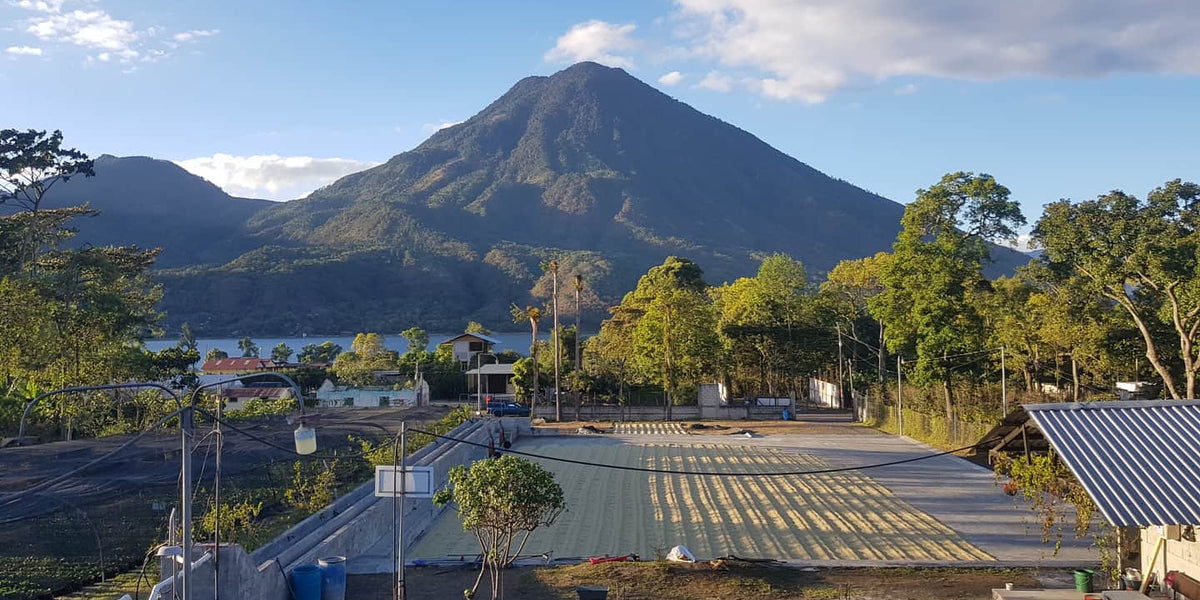There is a tendency among the coffee community to attribute tastes and flavors to regions or countries. This has been the “traditional” way of identifying and attributing certain flavour characteristics in the cup. I say traditional because coffee regions used to have a specific way of growing and processing their coffees and as such produced a style that is distinct to that part of the world. Furthermore, I think that in the beginning of all our coffee journeys we were taught to taste coffees by region and were told to expect an Ethiopian coffee to taste this way and a Brazilian coffee to taste a certain way and so on.
However, as the specialty coffee market has been growing in popularity, producers from all over the world have been continuously improving upon their cultivation techniques, processing, and crop selection. This has resulted in a dramatic increase in the variety of flavors and options that individual producers can sell to their clients.
For example, a farm in Colombia could have only been producing Caturra and processing it as a washed coffee. Now, the coffee landscape is much more diverse (and fun). Instead of simply cultivating their traditional cultivar (coffee plant variety) Caturra, they could be growing different cultivars of coffee such as Bourbon, Typica, Geisha, SL28, and so on. In addition to the new varieties that they have planted, they may process each of them differently. They could process these coffees the following ways: washed, natural, or honey (black, red, white), aerobic fermentation, anaerobic fermentation, lactic fermentation, carbonic maceration, and so on. This is great for the producer as they can have a wide range of flavours to suit their international clientele’s varied flavour preferences.
As you can surmise, knowing only the growing region of a coffee is no longer the only aspect that will impact the flavor experience of your coffee. The quality and taste of the coffee is very much dependent on the specific producer who is cultivating and how the producer processes the coffee. This more nuanced understanding of coffee will help us become more savvy coffee buyers and appreciate the cups we brew a whole lot more.

